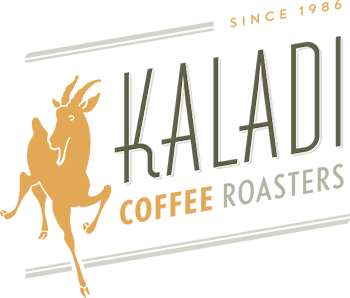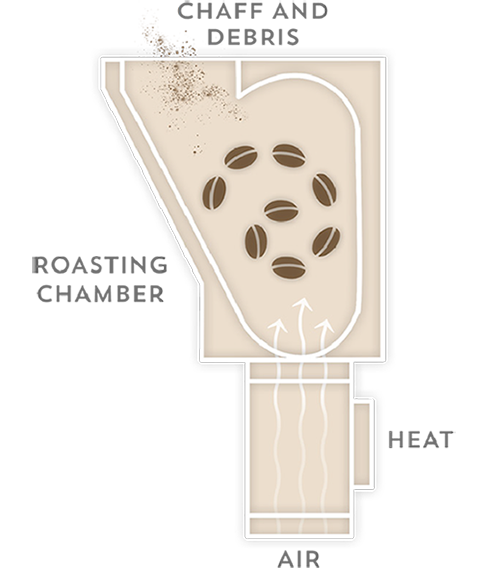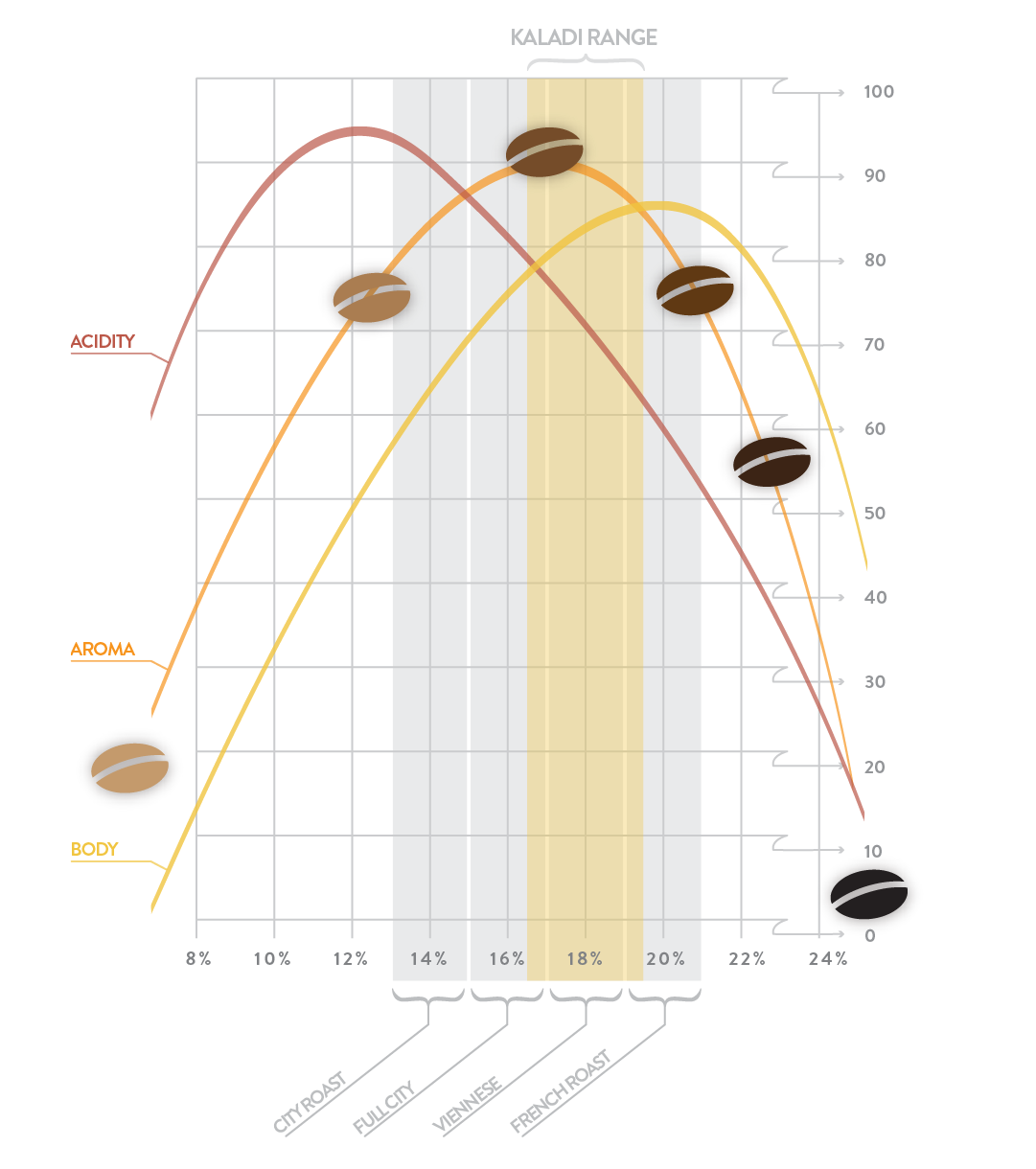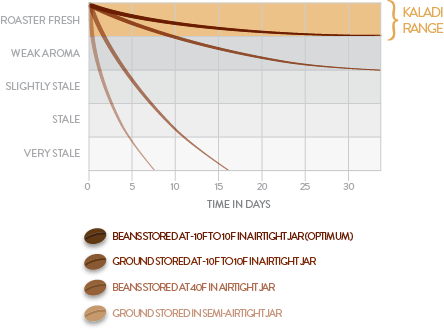When our beans begin life, they’re born on small farms and fed by soil, water and filtered sunlight. All plants need sun. Without it, photosynthesis can’t take place and nutrients can’t be produced. But, there’s sun, and then there’s sun; that’s why we source our beans from specific growers.
Modern mono-crop farms grow their beans in full sun. This causes the crops to overprduce and encourages pests and disease, resulting in what’s known as the “green deserts.” To make matters worse, the beans are then processed in the “dry” method of leaving them out in the sun. This produces dirty flavors because the cherries ferment and mold under the hot sun.
Our growers use a different, time-honored method. They plant the coffee in the shade of tall trees where the bushes thrive. When picking time comes, the cherries have had a great start. But a great start is only half the equation; the way a bean is processed is as important as the way it’s grown and that’s where wet processing comes in.
Plentiful fresh mountain water is used to gently wash the berries, removing the pulp and skin from the seeds quickly. The beans are then sorted by their quality (we like the best!). Finally, the clean beans are laid out in the sun to dry naturally. This process makes for a clean, flavorful bean.




